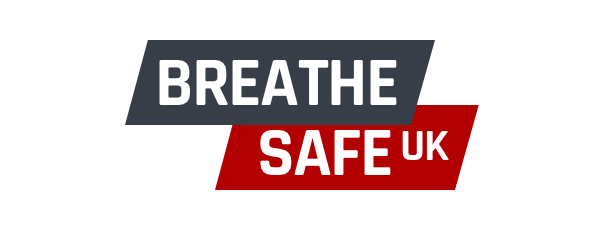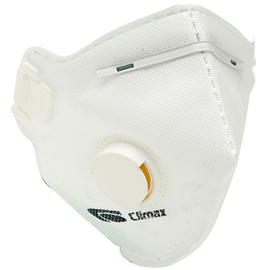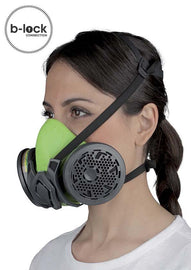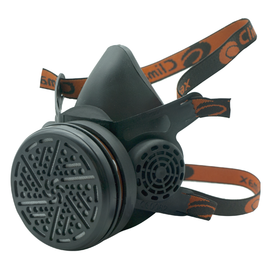AnswerA face mask is a device that covers at least both the mouth and nose of the wearer. They come in a variety of forms, these include basic cotton masks, surgical masks and respirators. We sell a wide range of respirators, including disposable masks, reusable masks such as half face masks and full face masks and powered air systems.
AnswerFace masks help to stop the spread of particles and droplets from the wearer, helping to protect others from potentially infectious viruses, such as Coronavirus (COVID-19), as well as helping to protect the wearer from harmful airborne contaminants such as vapours, particles / particulates, gases, mist, fumes and dust.
This is the process of measures introduced to help reduce the transmission of infectious airborne particles. These include regular hand washing and sanitization, covering your mouth and nose when coughing or sneezing and reducing the amount of people touching the same surfaces, objects and devices.
Depending on the type of model chosen, disposable masks can either be single shift use or usable for multiple shifts. The type of environment you are working in and the amount of exposure to harmful contaminants you are expecting to encounter should also be a consideration, when determining how long you can use the respirator before disposing of it.
All our masks / respirators protect against Coronavirus (COVID-19). Our range includes FFP3 disposable masks and FFP2 disposable masks, half face masks, full face masks and powered air systems. Half face masks, full face masks and powered air systems should however be fitted with the correct filters.
All our disposable masks are respirators and therefore should never be washed. This would damage and degrade the masks, making them ineffective.
Firstly, wash your hands before attempting to put on your mask. Place the noscelip facing upwards on your face, pull the straps over the top of your head and mould the noseclip to the shape of your nose. You should then check the respirator is sealed by covering the front portion and exhaling (unvalved) and inhaling (valved). If no air leaks then the face mask is sealed, if air leaks then it should be adjusted depending on where the leak is occurring. If around the nose then adjust the nose clip, if from around the sides / edges adjust the straps.
Firstly, wash your hands before attempting to remove your mask. Remove the mask from the straps, avoid touching the front of the mask as this area may be contaminated. Dispose of in a safe place, if necessary.
The main difference is that FFP3 masks provide higher levels of protection than FFP2 masks. FFP3 face masks provide a Nominal Protection Factor (NPF) 50, whereas FFP2 face masks provide a Nominal Protection Factor (NPF) 12. Maximum filter penetration for FFP3 respirators is only 1%, whereas for FFP2 respirators it is 6%. As well as this, maximum total inward leakage for FFP3 face masks is 1%, while for FFP2 masks it is 8%.
FFP (Filtering Face Piece) is the term used in the UK and throughout Europe, whereas N95 is the term used mainly in the USA. FFP3 masks filter at least 99% of airborne particles, whereas N95 masks only filter at least 95% of airborne particles, making them more like FFP2 masks, which filter at least 94% of airborne particles.



